
The rise in “hidden unemployment”, which is included in the statistical term “non-economically active population”, as well as the “restart or not” of the economy as a whole in the second half of the year, will determine – for the most part – developments in the labor market within 2021 and the final level of the unemployment rate.
The first data recorded by both ELSTAT and the recent study of ICAP SA for unemployment and employment, are not particularly encouraging.
In the first quarter of the year, the percentage of people not included in the labor force (non-economically active) jumped by 6.7%, mainly due to the flow of unemployed who could not find work.
The non-economically active population increased by 219,400 people, reaching about 3.5 million compared to March 2020 (increase of 6.7%). It should be noted that the so-called “non-economically active population” is considered a vestibule of unemployment, ie it is a “communicating vessel with that of unemployment”.
The GSEE Labor Institute survey also shows an increase in the percentage of the non-economically active population, with the Institute’s researchers attributing the rise to the “explosion of work suspensions” – the period of the health crisis – as those who were in this working condition to declare “unemployed who are not looking for work”. They even claim that the developments in the labor market will depend on the restart of the operation of the companies, without hiding the concern for a possible explosion of unemployment.
The data
In the ICAP survey, employment figures show a decline in 2020, after six years of continuous growth. The downward trend continued in the first three months of 2021. At the same time, the unemployment rate remained high in 2020, while the first months of 2021 it showed an upward trend.
From the analysis of the latest research of EL.STAT it is shown that:
1. The unemployment rate in March 2021 rose to 16.3% compared to 16.1% in March 2020. The number of employees was 3,700,000, a decrease of 217,400 people compared to March 2020 (-5.6 %).
2. The unemployed amounted to 714,800 people, a decrease of 32,000 people compared to March 2020 (-4.3%).
3. The number of people not included in the workforce, ie people who are not working or looking for work, amounted to approximately 3,500,000, marking an increase of 219.4 thousand people compared to March 2020 (+ 6.7% ).
ICAP data does not include the month of April which was later announced by ELSTAT. However, the data appear to be deteriorating.
Specifically, they show an increase in unemployment to 17% (from 15.9% in the same month of 2020), an increase in the unemployed by 31,202 people (a total of 762,553 people) and an increase in the inactive population by 92,205 people (a total of 3,391,650 people).
Therefore, everything points to the fact that in the first months of 2021, the reduction of employment continues, while the number of people who are not included in the workforce is increasing.
The ICAP report notes the continuing increase in the economically inactive population, stressing that “it should be taken seriously”, while noting that “part of this increase comes from the flow of unemployed to the economically inactive”.
Finally, he points out that the level at which unemployment will reach the end of 2021 will depend – in the coming months – on the normalization of the market and the lifting of restrictive measures. There will be a positive development in the labor market, as long as the economy “restarts” and returns to positive rates of change, the economic climate improves and its financing from the European Recovery Fund begins.
Latest News

Bank of Greece: Primary Gov. Surplus €4.1b Jan.-March 2025
The data released today by the Bank of Greece revealed that the central government’s overall cash balance recorded a surplus of €1.465 billion in the first quarter of 2025, compared to a deficit of €359 million in the corresponding period of 2024.

Greek Government Reissues 10-Year Bond Auction for €200 Million
The amount to be auctioned will be up to 200 million euros, and the settlement date is set for Friday, April 25, 2025 (T+5)
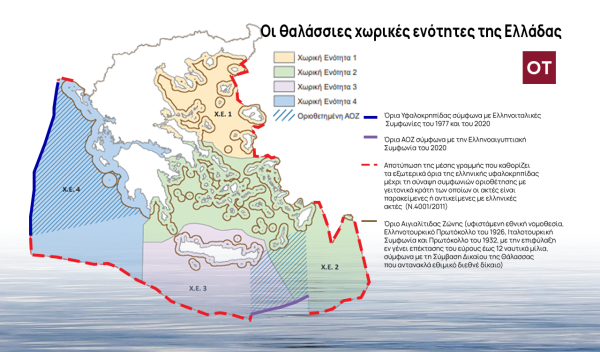
Greece Defines Continental Shelf Limits and Maritime Zones in Landmark EU Document
The Maritime Spatial Planning (MSP) framework represents a comprehensive approach to spatial planning and is crucial for the successful development of a blue and circular economy

EU Praises Greece’s RRF Progress as Revised Recovery Plan Nears Completion
Athens is preparing to submit its revised “Greece 2.0” Recovery and Resilience Plan after Easter, with a slight delay from the initial timeline but with the European Commission’s approval.

Greek €200M 10Y Bond to be Issued on April 16
The 3.875% fixed-interest-rate bond matures on March 12, 2029, and will be issued in dematerialized form. According to PDMA, the goal of the re-issuance is to meet investor demand and to enhance liquidity in the secondary bond market.
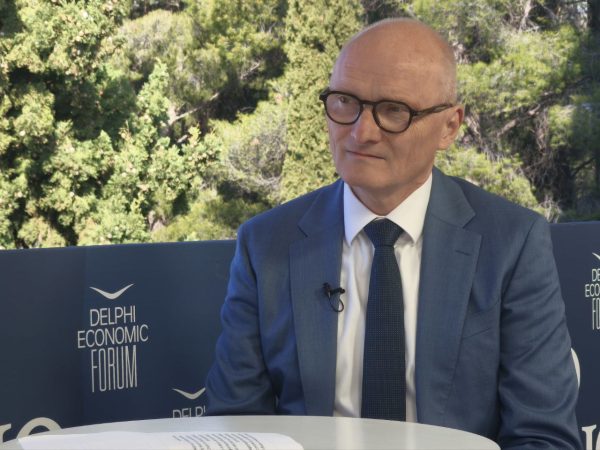
German Ambassador to Greece Talks Ukraine, Rise of Far Right & Tariffs at Delphi Economic Forum X
Commenting on the political developments in his country, the German Ambassador stressed that it was clear the rapid formation of a new government was imperative, as the expectations across Europe showed.

Athens to Return Confiscated License Plates Ahead of Easter Holiday
Cases involving court orders will also be excluded from this measure.

Servicers: How More Properties Could Enter the Greek Market
Buying or renting a home is out of reach for many in Greece. Servicers propose faster processes and incentives to boost property supply and ease the housing crisis.

Greek Easter 2025: Price Hikes on Lamb, Eggs & Sweets
According to the Greek Consumers’ Institute, hosting an Easter dinner for eight now costs approximately €361.95 — an increase of €11 compared to 2024.

FM Gerapetritis Calls for Unified EU Response to Global Crises at EU Council
"Europe is navigating through unprecedented crises — wars, humanitarian disasters, climate emergencies," he stated.

























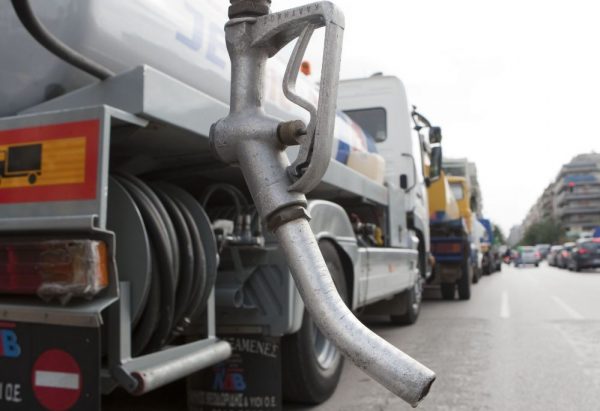


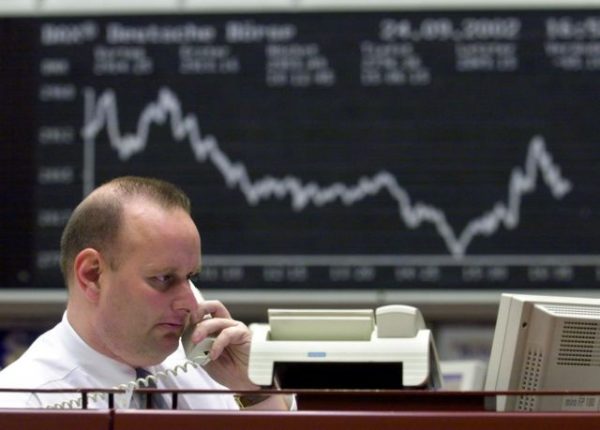



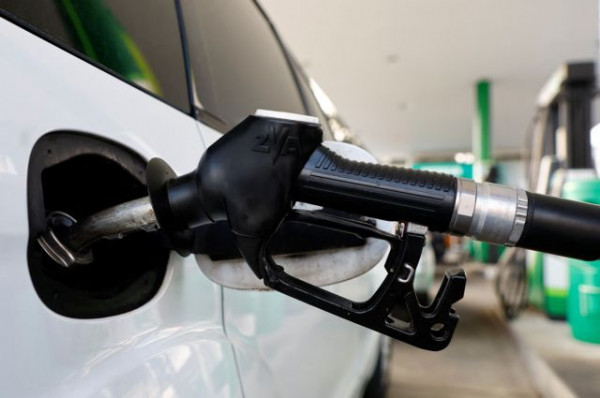








 Αριθμός Πιστοποίησης
Αριθμός Πιστοποίησης